The idea of Cover Type is a term used in Forestry. There, a Forest Cover Type refers to the main, or dominant species of trees found in a certain location, along with the accompanying shrubs, wildflowers, and fauna. The cover type is dependent on several factors, including soils, aspect, climate, slope, elevation, and land use history.
The matching concept to Cover Type in built landscapes is a “landscape of reference”, namely the cover type that would grow without human disturbance. On campus, we would primarily be Clayplain Forest, a rare and special community found in the Champlain Valley. Our many ridges of limestone ledge would feature either a Transition Hardwood Limestone forest cover type or a Dry Oak-Hickory-Hophornbeam Forest.
Clayplain Forest is one of our chosen Cover Types on campus, and will help define space across campus in between other highly managed locations. There is, however, a wide variety of soils, microclimates, and use patterns across our 300 acres, and this requires multiple cover types to transition away from lawn.
Native Fescue Zone
The historical context of our campus landscape features wide open areas with views to many of our historic structures, a campus vernacular across the United States. Primarily achieved with mown lawns, we are planning to move towards a more ecological approach while maintained this context.
Our existing lawns already contain native Red Fescue, it’s a component found in many grass seed blends. Native Fescues contribute much to our landscape and can become an integral part of our campus’ ecosystem.
Left unmown, Red Fescue grows to about 2’ tall, the roots of native fescue penetrate deep into the soil profile, preventing erosion and helping to sequester carbon, both in the roots and in the soil rhizosphere. The long blades of foliage support an active native insect population, thereby feeding birds and other fauna. Lastly, the varied height and textures of the grass versus a standard lawn will add beauty and variety to our grounds. Golf courses are starting to use this on the sides of their fairways, but the management of this is considerably different. For more information on our approach visit here (link coming soon).
Dwarf Clover-
White, or Dutch, clover was commonly seen as a ‘weed’ in lawns, but is gaining acceptance as either a component or in a pure stand. White clover generally grows to only about 3-4” tall, and requires much less mowing to stay attractive.
The native fescue cover type may hide rodents, such as mice or voles, which would be concerning near buildings such as the Davis Family Library. We’re trialing a microclover from DLF Pictseed mixed into a existing lawn grasses as a low mow alternative near buildings. We’ve also identified this cover type as potential for very small patches of lawn near intersecting sidewalks or other small awkward locations too small for our commercial mowers.
Pollinator Plantings-
Wildflower plantings in our experience are short-lived, with peak bloom and diversity in years 2-4. This does not make them low maintenance, but still less than lawn mowing. Wildflowers, particularly diverse blends, still make for excellent habitat for pollinators and other insects, and is an important component of Rewilding. We’ve trialed a Showy Northeast Native Wildflower and Grass mix from Ernst Seed, and are excited to see the results. UNH Extension has great information on wildflower meadows, as well as the Xerces Society.

For this trial area in the Library quad, rather than use an herbicide to remove the turf we stripped the turf with a small excavator, and then used a local subcontractor to Hydroseed the wildflower mix with a cover crop of Oats.
Park Lawn-
Certain locations on our campus, such as below Gifford, are tree covered and quite shady, but still in lawn. On locations where lawn in utilized we will continue to mow (everyone likes to sit in the shade), but large sections will be mown more prescriptively, mowing more frequently in the spring, and allowing it to remain long in the heat of the summer.
Rough Lawn-
Large areas on the outskirts of campus have traditionally been lawn, preserving views to the Adirondacks. These areas most closely resemble our old No-Mow zones, and we will keep that same management style. As we’ve learned, it’s not no maintenance, and has been problematic in areas directly on campus grounds.
High Performance Lawn-
There are still areas of lawn on campus that are highly used, such as the Main Quad where commencement is held yearly, or Battell Beach. To make a lawn sustainable means not only to reduce inputs, but to maintain in such a way that the lawn surface is more resiltent and adaptable to use. By reducing the amount of maintained lawn to smaller, more manageable sizes, we can transistion to organic methods of lawn care.

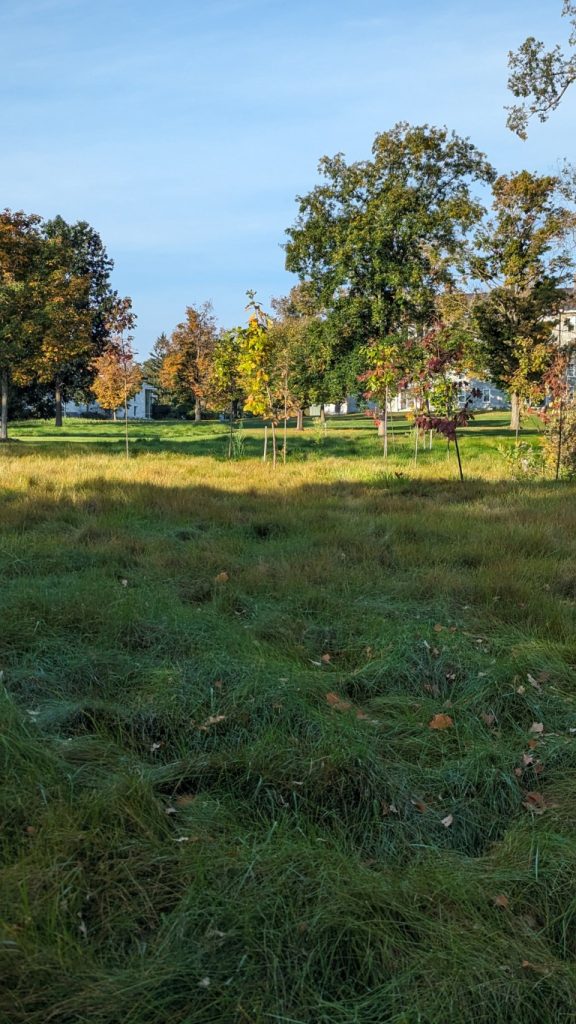
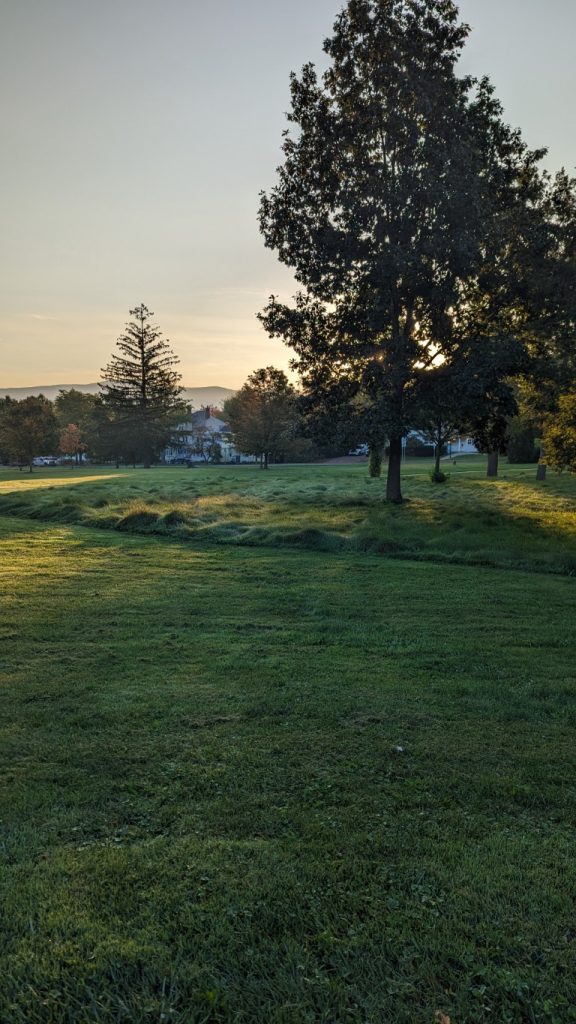
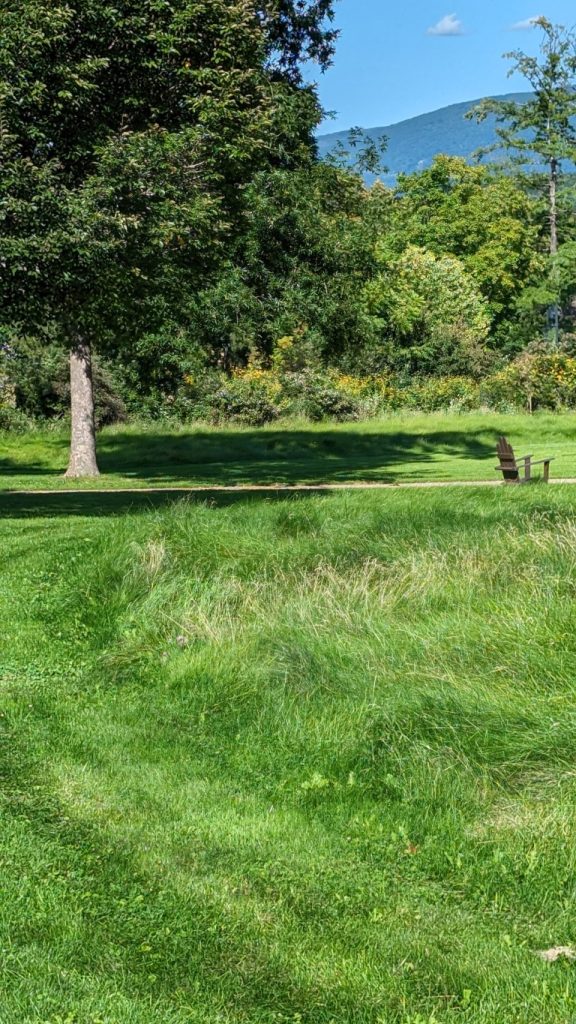
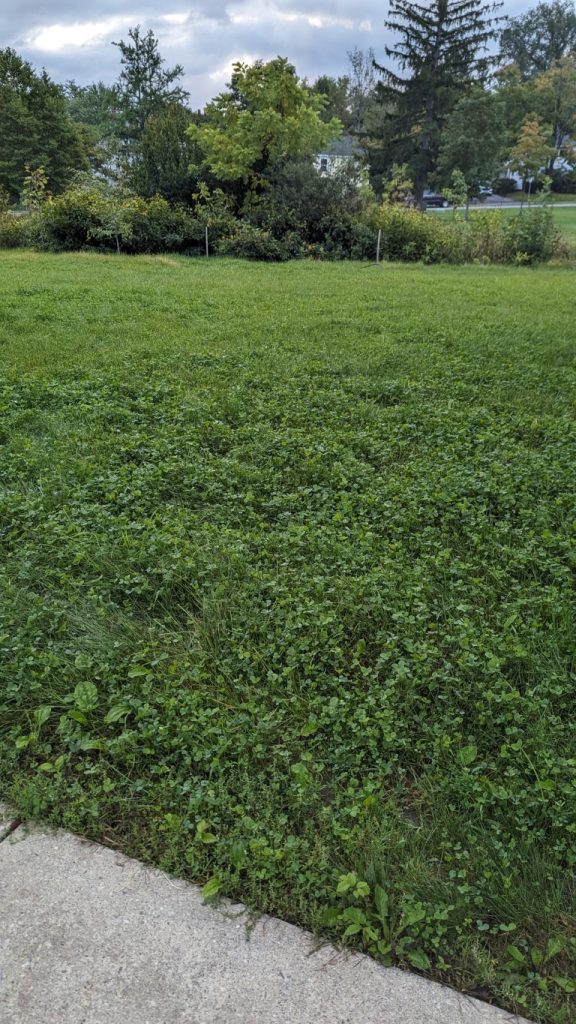
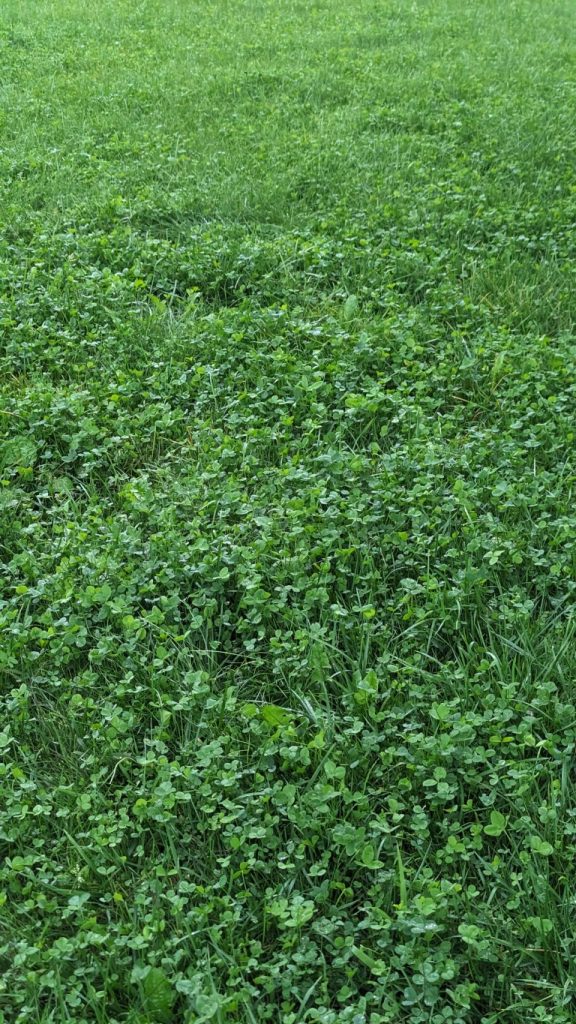
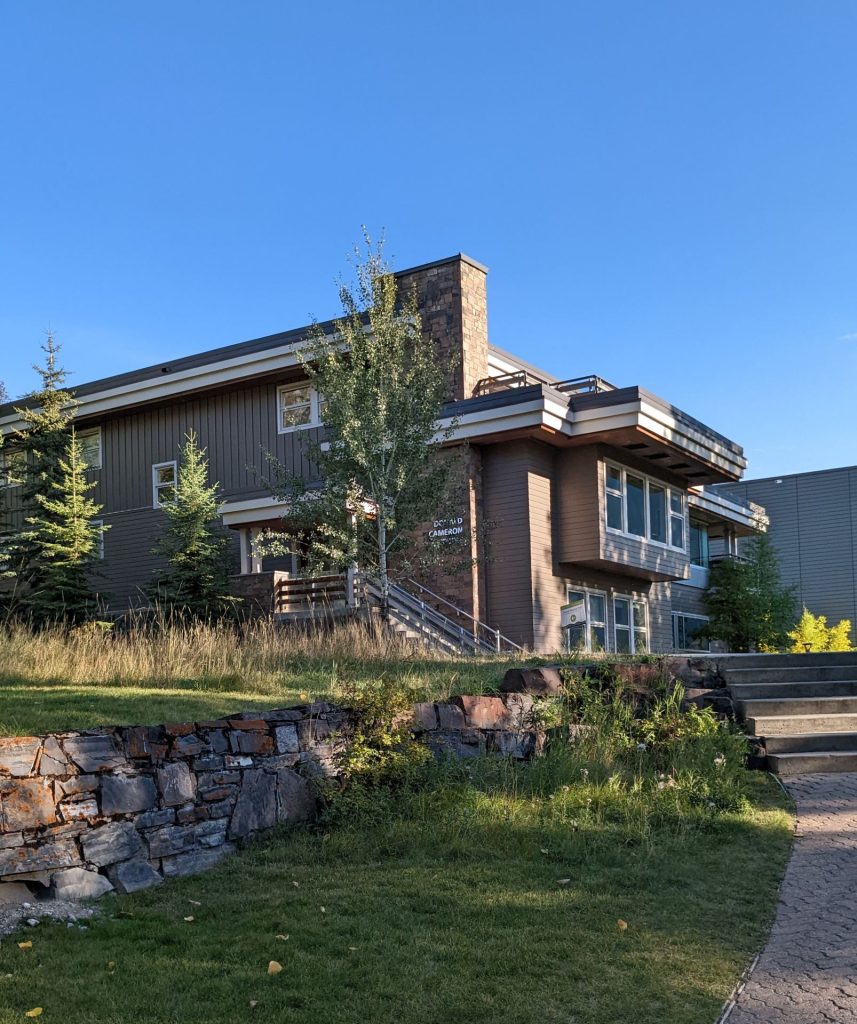
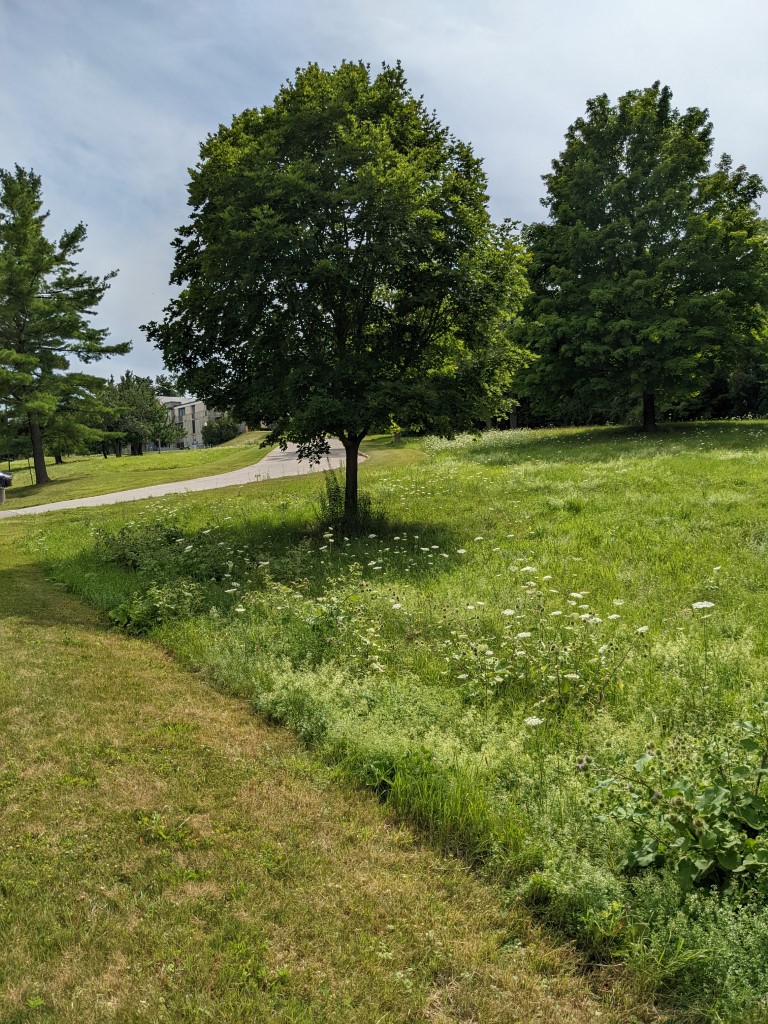
You must be logged in to post a comment.